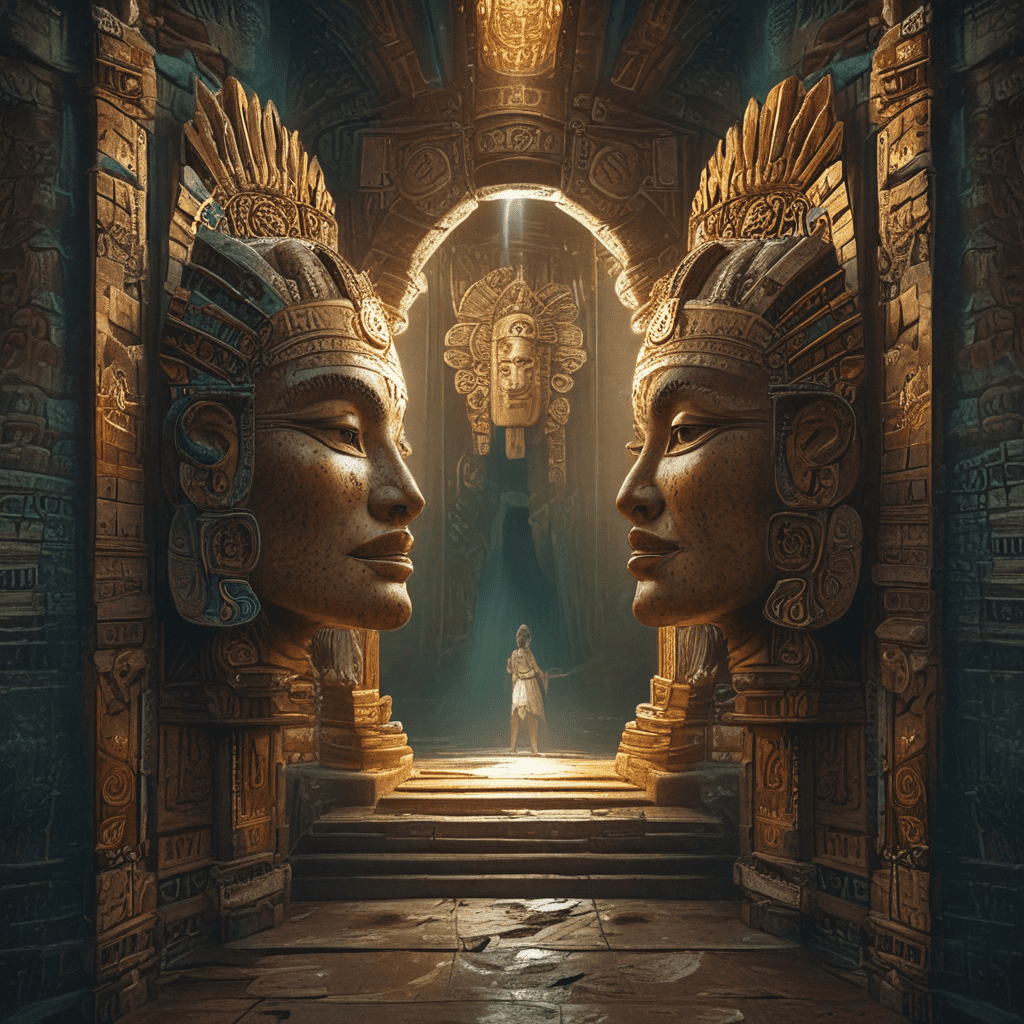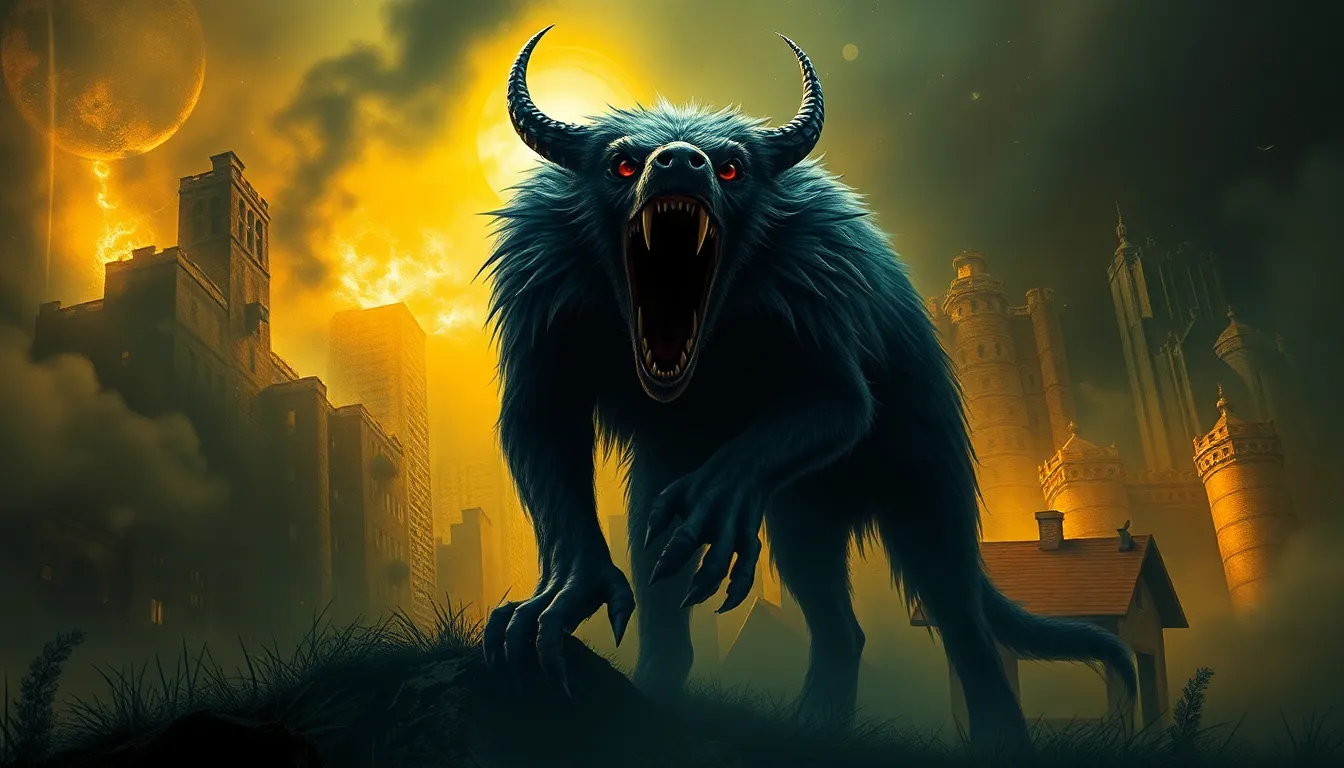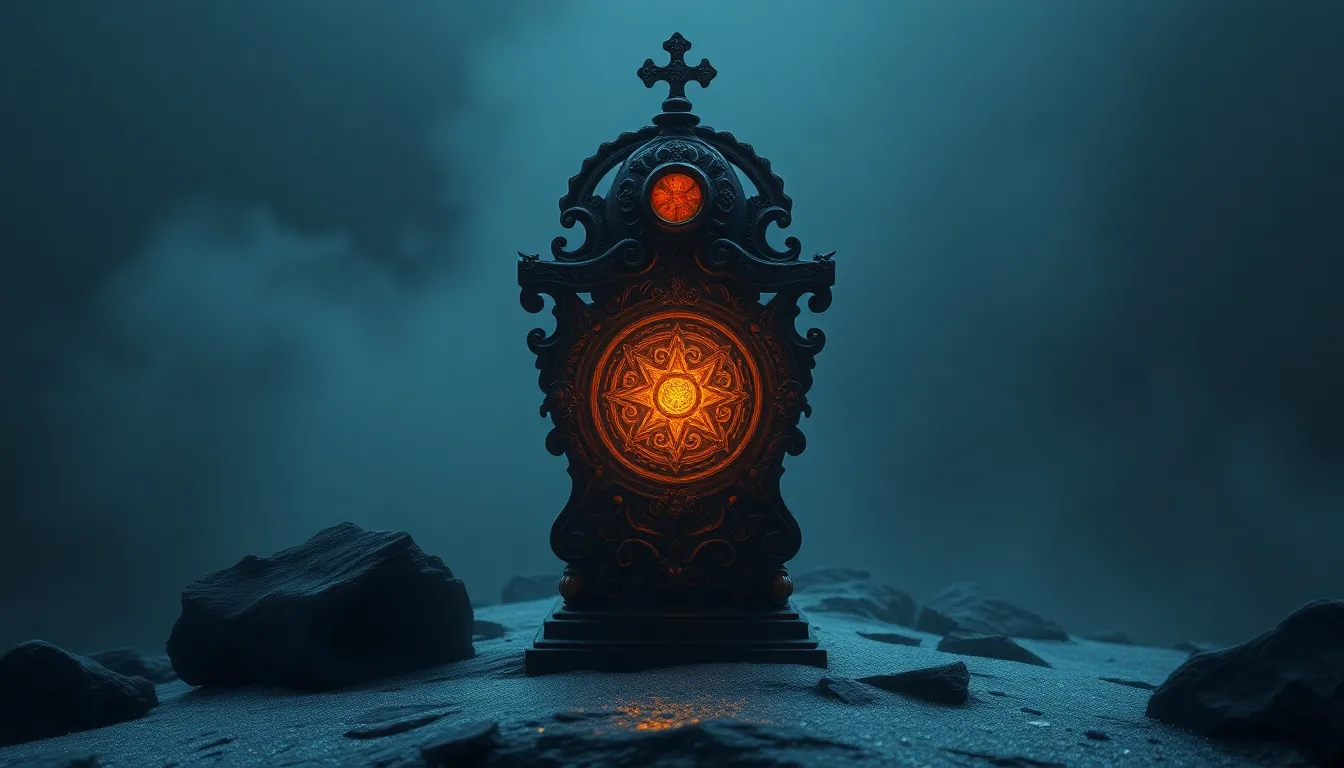Filipino Mythology: A Tapestry of Transformation and Renewal
Dive into the enchanting world of Filipino mythology, a vibrant tapestry woven with tales of gods, spirits, and heroic figures. This rich tradition, shaped by centuries of cultural exchange, shines a light on the enduring belief in transformation and renewal. These stories, passed down through generations, offer a captivating glimpse into the Filipino soul.
Ancient Beliefs and the Spirit World
Filipino mythology draws upon a deep reverence for the spirit world, known as "kaluluwa." This belief permeates every aspect of life, from daily rituals to grand celebrations. It's a world inhabited by a vast array of spirits, each with a distinct personality and role. These spirits are believed to influence both the natural world and the lives of humans.
The Role of Anitos and Diwata
Among the most prominent figures in Filipino mythology are the "anitos" and "diwata." Anitos represent ancestors or spirits who have passed on, while diwata are nature spirits, often depicted as beautiful beings. Both anitos and diwata hold significant power, influencing the fertility of crops, the bounty of the sea, and the well-being of the community.
Transformation as a Recurring Theme
Transformation lies at the heart of many Filipino myths. These tales are not only captivating stories but also profound reflections on the human experience. In these narratives, heroes undergo trials, battles, and adventures, emerging transformed and wiser. Transformation can signify a change in character, a shift in destiny, or a deeper understanding of the world.
Renewal Through Cycles of Nature
The Filipino belief in renewal is intricately tied to the rhythms of nature. The changing seasons, the ebb and flow of the tides, and the cycles of life and death all serve as powerful metaphors for transformation and rebirth. Many myths center around the cycle of planting, harvesting, and celebrating, reflecting the cyclical nature of life itself.
Mythological Figures Embodying Change
From the trickster god, "Bathala," to the vengeful spirit, "Kapre," Filipino mythology is teeming with figures who embody the transformative power of change. Often, these deities are both benevolent and mischievous, capable of creating both blessings and calamities. Their actions serve as reminders of the unpredictable nature of life and the importance of finding harmony with the natural world.
The Significance of Creation Myths
In Filipino mythology, creation myths play a crucial role in shaping beliefs about the origins of the universe, humanity, and the natural world. These stories offer explanations for the existence of the world, its features, and the diverse forms of life that inhabit it. They also provide insights into the relationships between humans and the divine, highlighting the interconnectedness of all things.
One prominent creation myth is the story of "Malakas" and "Maganda," the first man and woman. According to this myth, a giant bird, "Bathala," created the first humans from a bamboo stalk. This tale emphasizes the importance of collaboration and partnership in creation, suggesting that both male and female energies are essential for life to flourish.
Another creation myth tells the story of "Bannawag," who is credited with creating the world from a vast egg. This myth highlights the power of transformation, as the egg, a symbol of potential, gives rise to the entire universe. These creation stories, passed down through generations, serve as powerful reminders of the interconnectedness of all life and the importance of respecting the natural world.
The Impact of Spanish Colonialism on Filipino Mythology
The arrival of Spanish colonizers in the Philippines in the 16th century had a profound impact on Filipino mythology. The Spanish, seeking to convert the Indigenous population to Christianity, actively suppressed traditional beliefs and practices. This resulted in the blending of pre-colonial mythology with Christian elements, creating a unique cultural tapestry.
Many pre-colonial deities were reinterpreted as Christian saints, while the indigenous concept of "anito" was associated with the idea of "santos" (saints). However, despite the efforts of the Spanish to erase Filipino mythology, many elements survived, continuing to influence Filipino culture and identity. The resilience of these beliefs speaks volumes about the enduring power of tradition.
The merging of Spanish and Filipino beliefs gave rise to new legends and stories that reflected the changing socio-cultural landscape. These tales, often told through folktales, songs, and dances, served as a means of preserving cultural traditions and resistance to colonial rule.
Modern Interpretations and Relevance of Filipino Mythology
In contemporary times, there is a renewed interest in Filipino mythology, fueled by a growing awareness of the importance of cultural heritage. Artists, writers, and scholars are re-imagining and reinterpreting these ancient tales for a modern audience. This has led to the emergence of new creative expressions drawing inspiration from Filipino myths, including novels, films, and visual arts.
The relevance of Filipino mythology in the modern world lies in its ability to provide insights into the human condition, the natural world, and the complexities of cultural identity. By examining these stories, we can gain a deeper understanding of Filipino values, beliefs, and traditions. They offer a unique perspective on the human journey, highlighting themes of resilience, courage, and the importance of community.
The Role of Mythology in Shaping Filipino Identity
Filipino mythology plays a vital role in shaping Filipino identity. It provides a sense of cultural continuity, connecting generations through shared stories and beliefs. These myths offer a powerful tapestry of experiences, struggles, and triumphs, reflecting the rich history and diverse cultural influences that have shaped the Filipino people.
Through these stories, Filipinos can connect with their ancestors, understand their place in the world, and find inspiration in the resilience and courage of their forefathers. The enduring themes of transformation, renewal, and the interconnectedness of all things continue to resonate with Filipinos today, serving as a source of pride and inspiration.
FAQ
Q: What are some famous heroes in Filipino mythology?
A: Some well-known heroes include Lapu-Lapu, a brave warrior who resisted Spanish colonization, and Bernardo Carpio, a legendary giant who is said to have fought against Spanish rule.
Q: How did Filipino mythology influence art and literature?
A: Filipino mythology has sparked creativity in various artistic forms. Juan Luna's painting "The Spoils of War" depicts a scene inspired by Filipino mythology, while José Rizal's novel "Noli Me Tangere" incorporates mythological elements to create social commentary.
Q: What are some ways to explore Filipino mythology further?
A: You can delve into Filipino mythology by reading books like "Philippine Mythology" by Damiana Eugenio or "The Philippine Myths and Legends" by William Henry Scott. You can also explore online resources like the National Museum of the Philippines website for further information.




